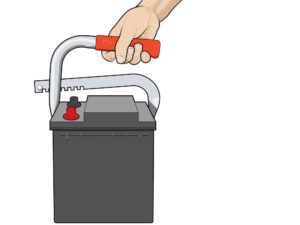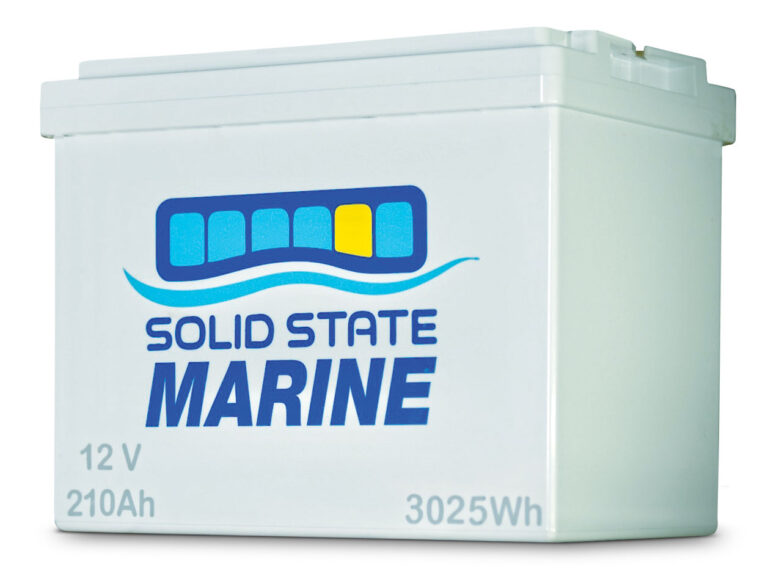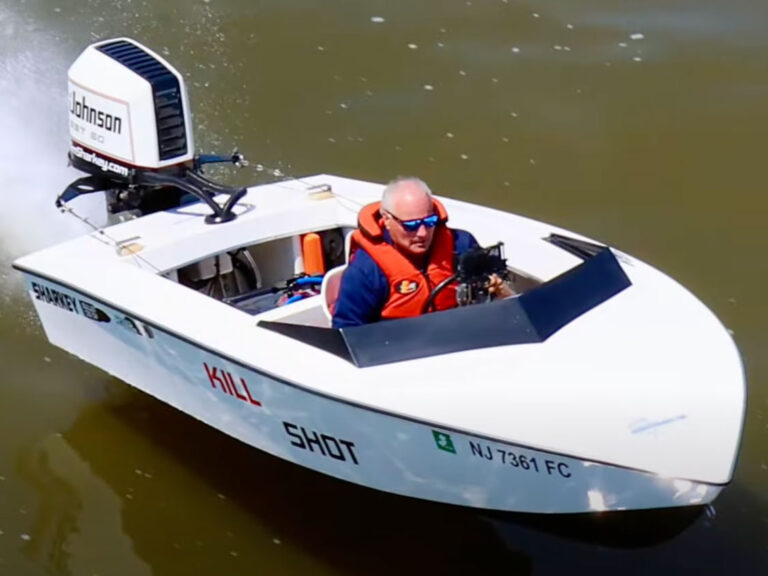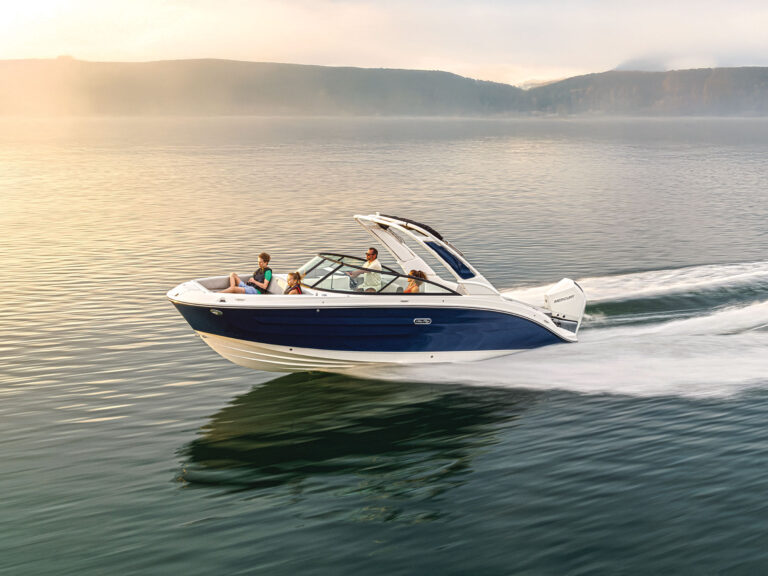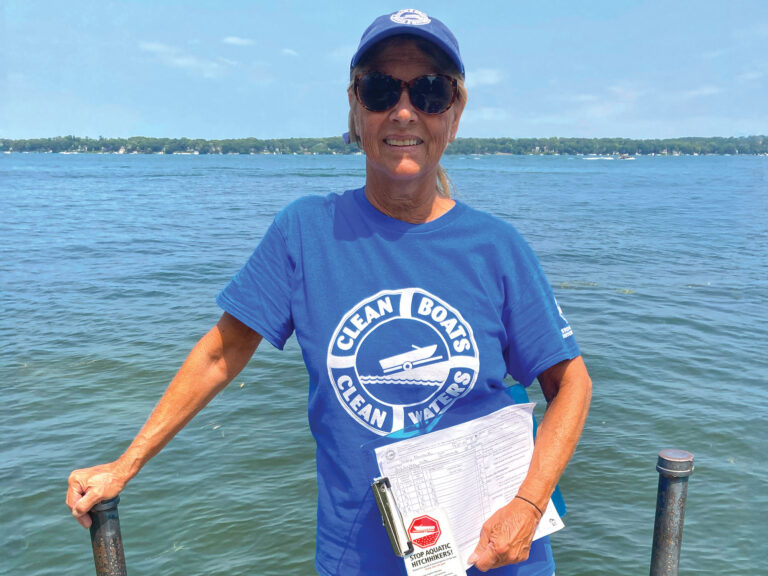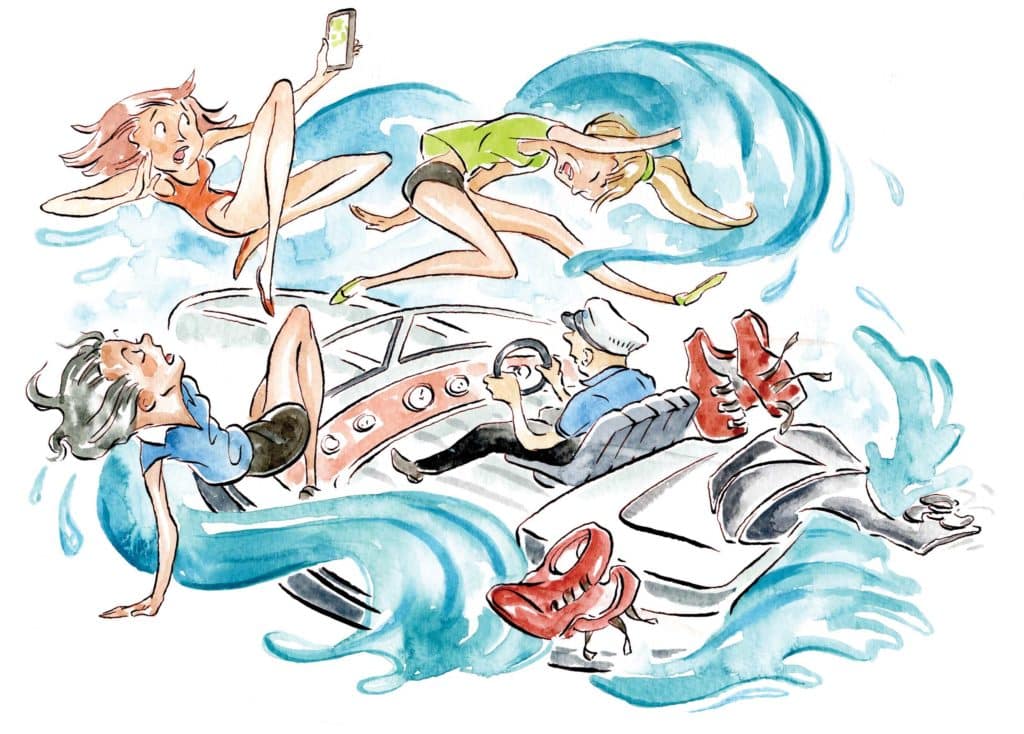
A boating video circulating on the internet these days is usually hard to watch, often accompanied by a viewer warning. In the 87-second video shot from the south jetty of Florida’s Haulover Inlet, a large bowrider chugs outbound during a falling tide. A group of young women in their early teens sits nestled in the bow, eagerly awaiting a fun boat ride.
But as the boat approaches the mouth of the inlet, it’s met with steep rollers. The first one floods the bow, turning it into a small swimming pool, its occupants bobbing about. A second wave catapults the bow skyward, launching one of the girls over the starboard-side. Screams are heard from horrified guests.
Fortunately, this video has a happy ending. A nearby PWC rider noticed and zoomed over to rescue the young woman as the swift current swept her outward. She escaped with no major injuries. Interestingly, her first instinct was to save her cellphone—she held onto it through the entire ordeal, holding it high even as her head totally submerged in the foamy waves, and it was first thing she handed to her rescuer. She smiled, laughed and waved to her friends as the PWC captain transported her to safety.
Though the young woman would have been better served by using both hands to hold herself in the boat, we can’t really blame her. The responsibility for the safety of guests rests solely with the captain of the boat. This applies no matter what kind of boat is under command, be it a bowrider, dual console, center-console, pontoon, car topper or cruiser.
Captains can learn two important lessons from this video. For one, if there is any chance of rough water ahead, the captain should always clear the bow area of passengers, asking them to move astern. Such circumstances might include wind-swept passages or waters prone to large wakes. Inlets prove particularly dangerous, not only during an outgoing tide. On busy weekends and holidays, inlets are roiled with wakes that can collide, double up and toss passengers about.
Going overboard represents just one of many undesirable outcomes as a result of bow riding gone bad. Passengers can suffer broken bones, spinal injuries, concussions, sprains and contusions from being tossed wildly about the boat.
Read Next: More Stories From Fellow Boaters
If you watch the video, you’ll notice the survivor was not wearing a life jacket. And that leads to the second lesson: When running a nasty inlet, put all the kids, if not all passengers, in life jackets. The young woman was lucky. She did not hit her head, which could have rendered her unconscious. She was also thrown clear of the boat propeller and its potential for injury. Had she become incapacitated, a life jacket would have at least kept her head above water to help prevent drowning.
Insisting that your kids and their friends vacate the bow area and put on life jackets is not going to make you the cool parent. Youngsters may even roll their eyes and whine in protest. But you shouldn’t think twice about keeping them as safe as possible, to ensure that any viral video of your boat depicts safe fun on the water.
Wanted: Your Stories
Share your boating mistakes and mishaps so that your fellow boaters might learn from your experience. Send us your first-person accounts, including what went wrong, what you’d do differently, your name and your city, to editor@boatingmag.com and use “ILAB” in the subject line. If your story is selected for publication, we’ll send you a $100 West Marine Gift Card!”




